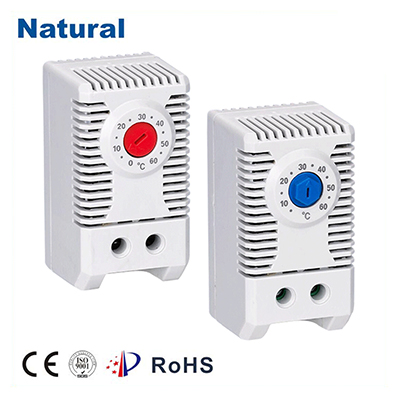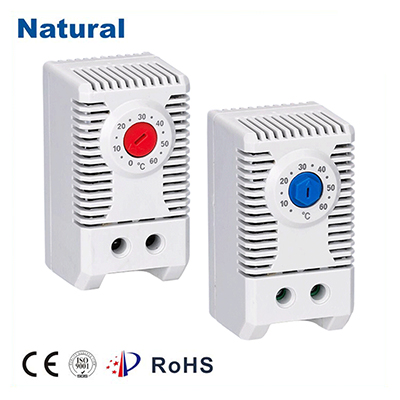A bimetal thermostat is a device commonly used to regulate temperature in a variety of systems, from household appliances to industrial equipment. It functions based on the physical properties of bimetallic strips and is an essential component in ensuring proper temperature control. This article explores the working mechanism of bimetal thermostats, their applications, and their advantages in different settings.

What is a Bimetal Thermostat?

At its core, a bimetal thermostat relies on a bimetallic strip, which is made of two different metals bonded together. These metals expand and contract at different rates when subjected to temperature changes. The differing expansion rates cause the strip to bend, which in turn activates or deactivates a switch, regulating the temperature of the device it controls. This basic yet effective mechanism allows bimetal thermostats to maintain a desired temperature within a system by either opening or closing an electrical circuit. The Working Principle of Bimetal Thermostats The operation of a bimetal thermostat is straightforward but ingenious. When the temperature rises or falls, the two metals in the bimetallic strip react differently. For instance, one metal might expand faster than the other when the temperature increases. This causes the strip to bend in a particular direction. In many thermostats, this bending action is used to trigger a switch. When the strip bends far enough, it either opens or closes a contact, activating or deactivating the connected heating or cooling mechanism.
